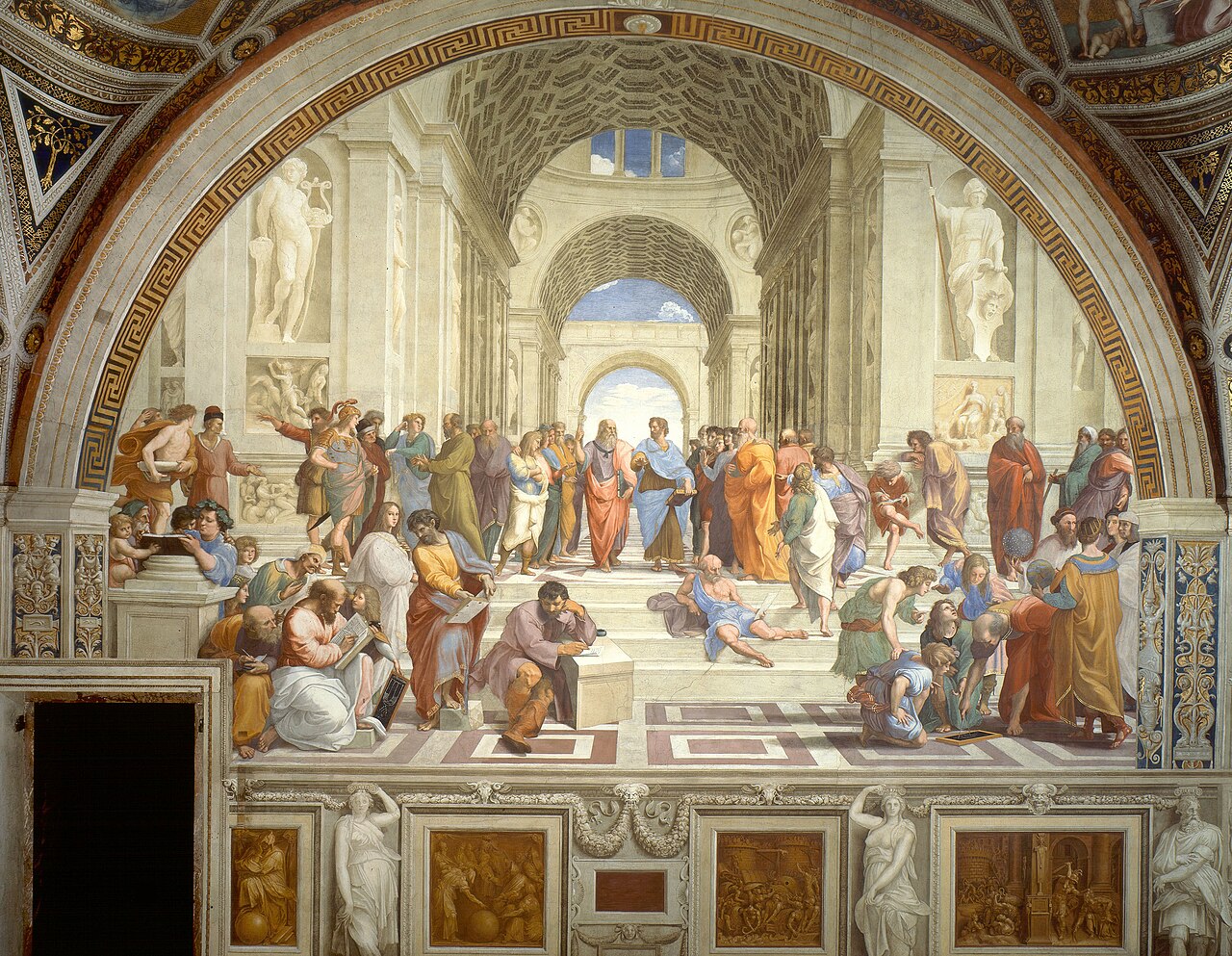
The Spiritual Works of Mercy – Instructing the Ignorant
The Works of Mercy recommended by the Church do not have priority over one another, but all are of equal importance
Jesus is undoubtedly the Master par excellence, always willing to teach merciful love through words and his testimony. This has inspired many artists to depict some important moments of the Gospel.
Very beautiful is the cycle of paintings completed in Frederiksborg Castle near Copenhagen by Carl Henrich Bloch between 1865 and 1879, including the Beatitudes.
Carl was born in Copenhagen in 1834 and as a young and promising student, he won a “travel grant” that enabled him to go to Holland, France, and Italy to Rome, where he met his future wife who bore him eight children and enabled him to meet the greatest artists.

In the painting of the Sermon on the Mount, Jesus has a large space around him and sits on the rocks as if he were on a chair, has his right arm raised as he points to the sky and looks earnestly toward the crowd. Great is the attention of the listeners, for great is the wisdom of the one who teaches. The Beatitudes discourse is addressed to every individual because it is Jesus’ great teaching to man.
Here, the author, tries to capture every thought that strikes the hearts and minds of those present, through daylight, the bold and contrasting colors of the faces and figures in the foreground, which he gradually softens in the distance as if to emphasize like an echo, the infinite beauty of listening.
During the years when Carl was executing his paintings, a girl in Italy who was in poor health but strongly desired to teach God’s mercy, Francesca Cabrini, began to show her teaching skills. Born in Sant’Angelo Lodigiano in 1850 and soon orphaned by her parents, she graduated from high school and began teaching catechism to children, though opposed by the authorities.
In St. Francis Xavier this teacher found the ideal model of life and made the saint’s name her own when she took her vows. By 1880 she had already founded the Missionary Sisters of the Sacred Heart and had already made many journeys, always to teach the ignorant and make God’s mercy known.
It was Pope Leo XIII who pointed her to the West as the field for her apostolate. Thousands were Italian emigrants living in Europe and especially in the United States, where they knew neither language nor local customs.
The dirty streets, crowded with the poor and desperate, were his first schools as Ciotti shows us in one of his paintings. To this tragedy she looked with the heart of a great Christian mother and worked to build schools and boarding schools. To the straits of poor schools were added colleges of higher education, festive oratories, hospitals and clinics.

She was the mother of thousands of emigrants and guided the new headmothers of her schools with the gentleness and serenity she learned from her Master Jesus.
The beautiful stained glass windows of the Lodigiano church show us some of the stages of her travels that led her to cross the Ocean 19 times, as when on the back of a mule she faced the Andes. It was in prayer that she found the solution to her great ideas and the ever-growing desire to teach and make known merciful love.
From the United States he went to Nicaragua, Argentina, Peru, Chile, Spain, England, Italy, then back to America and here he stayed forever.
In fact, he died among his emigrants in Chicago in 1917 and his body was moved to New York to Mother Cabrini High School, near his children.
Her life all dedicated to teaching is just one of the many examples that the Church has made known to us in order to stimulate us to instruct the ignorant in a Christian way, and not only.
The fresco in the apse of the Basilica of Sant’Angelo Lodigiano, by Pasquale Arzuffi, shows the devotion of this small town to a humble woman, but a great teacher, who certainly still teaches us mercy today.

